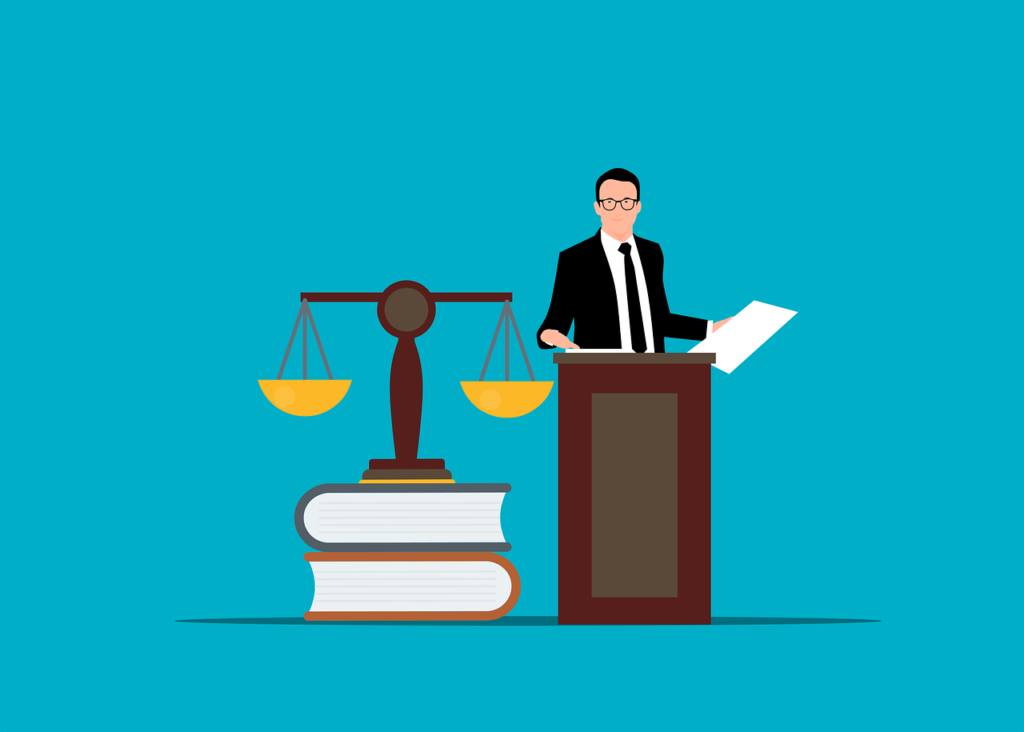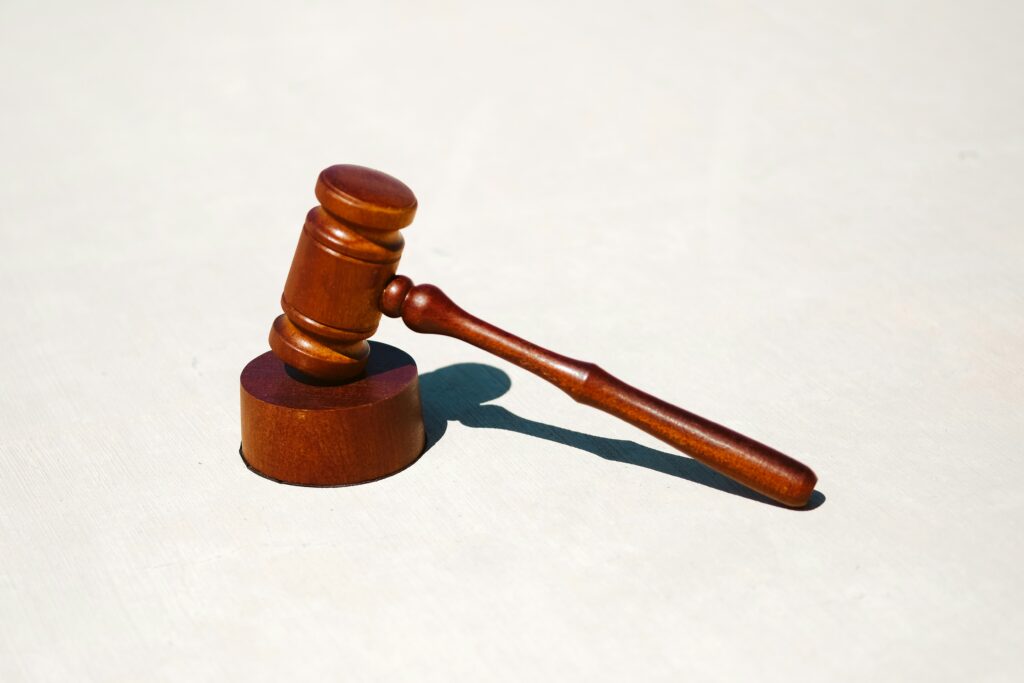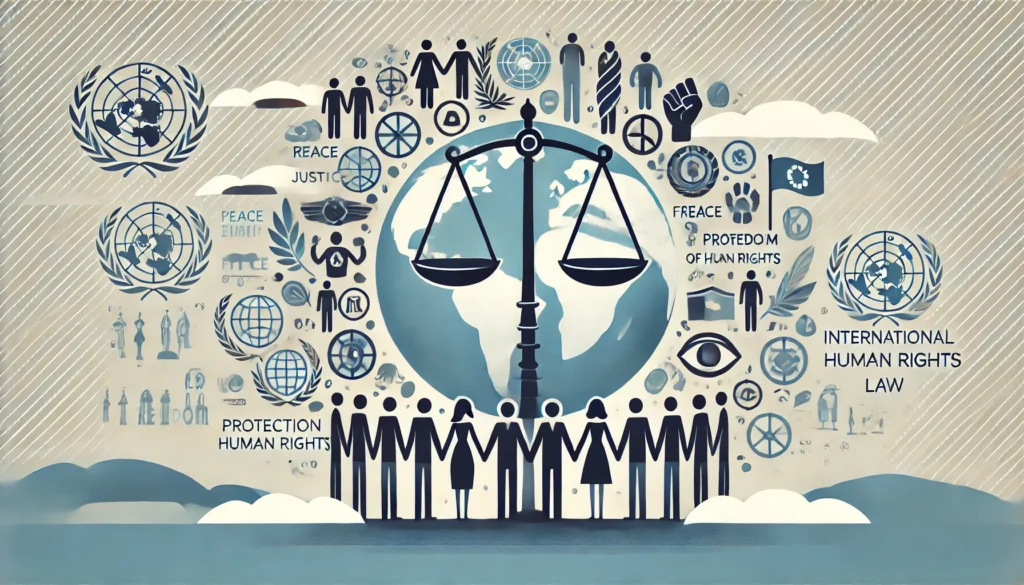Published on: 5th August, 2025
Authored by: Smaranika Sen
The West Bengal National University of Juridical Sciences
Abstract
Artificial Intelligence has rapidly become a crucial segment worldwide. It is kind of transforming society in an unprecedent form. Artificial Intelligence has almost started to eradicate human involvement in majority of tasks. The developments in the arena of artificial intelligence are constantly developing, even we can say that it is advancing as we speak. However, with such developments, there comes the risk of cybercrime, intellectual property issues, privacy issues, and many other things, eventually leading to the infringement of human rights. This paper tries to explore the complex interplay between artificial intelligence and legal frameworks across the world. It also tries to explore the existing legal frameworks across various jurisdiction and analyses how they are able to maintain a balance globally.
Keywords: Artificial Intelligence, Human rights, privacy issues, legal frameworks.
Introduction
If we look back in 1940s, we would see that both codification of artificial intelligence and human rights started since this time period.[1] In the early 1950s, when the very famous ‘Turing test’ was done to precisely establish that whether any non-human entity like computer or machines can ‘think’ or not. [2]Similarly, during the 1945, the UN Charter adopted the Universal Declaration of Human Rights. The UNDHR or the Universal Declaration of Human Rights comprises of civil, political, social, economic, cultural rights.[3] This serves still today as an instrument of human rights worldwide. Though they had their origination during the same time period, they did not overlap their paths for many years. However, since last few years, their paths have coincided. Mostly, it has been observed that they conflict with each other creating a disbalance situation across the world. It can be stated that they are a part of the same world which pose now multiple questions starting from legal to technological questions.
Artificial Intelligence and Human Rights: An analysis
The term ‘artificial intelligence’ consists of various applications that performs tasks with the use of intelligence.[4]It is a kind of technology that replicates human intelligence in order to perform any task just like a human would do. They use algorithms to predict and learn from the data that is provided to them. Artificial Intelligence is now being used worldwide due to its rapid advancements. The main reason that various sectors, industries, are accepting artificial intelligence instead of manpower is because of its time-saving, resource management, etc features.[5]
On the other hand, human rights showcase the rights that an individual has. It is a kind of normative legal framework that provides, freedom, rights towards an individual. These rights eventually protect the individual from being exploited or from being discriminated. Therefore, it creates a system of checks and balances. It protects the human dignity. Thus, it creates a sense of belief among the public at large that they are safeguarded against any arbitrary practices of government, company, or any other entity.[6]
Now, artificial intelligence very minutely intersects with the human rights but at a very great depth leading to violation of the human rights. The usage of algorithms in surveillance, predictive policing, etc has direct threat towards privacy, data protection, equality, and many more. It is therefore required to strike a balance between them.
Issues posed by artificial intelligence
Erosion of the Right to privacy
The right to privacy is directly threatened by the tracking and surveillance that is performed by the artificial intelligence during various events. There is a lot of opaqueness in the working of the artificial intelligence which violates the privacy aspect of the public at large. Now the question arises, why is this harmful. In today’s age, data is considered as a new asset, so when individual’s data is being unknowingly used by a third party, it creates a threat.[7]
Violation of freedom of expression and information
Artificial intelligence violates free flow of information and expression. Various platforms who are AI driven can inadvertently stop public from expressing their opinions and views. They do so because they are at times unable to understand the context, thereby, inviting more opportunities for abuse. The bots used by artificial intelligence are not always trained enough to understand what should be kept and what should be deleted.[8]
Affecting human dignity
The behavioural pattern of artificial intelligence directly disrupts on human autonomy, human agency, self-governance, self-determination, etc. Artificial intelligence also sees human as mere data points or data subjects, eventually reducing their worth and dignity.[9]
Aggravating social inequalities and discrimination
It has been observed that artificial intelligence performs many tasks on the biased nature. This creates discrimination. It also showcases inequality by targeting already vulnerable groups. Various facial model technologies have shown racial and ethnic discrimination, which as led to false arrest and injustice. Artificial intelligence also creates a digital divide between those who are marginalised by illiteracy, or disabled peoples.[10]
Lack of transparency, accountability, and effective remedy
The opaqueness regarding the working of artificial intelligence creates a lack of transparency, and accountability. This especially arises where the artificial intelligence is used in the public domain to do tasks. The processes are always under question but the public are unable to impose challenges and sought remedy as they are unaware of the procedure.[11]
Collective and societal level harms
Artificial intelligence consists of many invisible and unpredictable atrocities that directly violates human rights. However, these harms might not affect a single individual but harms collectively. This causes a cumulative effect and thereby imposes a big threat to the society as a whole. [12]
All the above issues are posed by the artificial intelligence. However, there are many other challenges and atrocities as well. It can be interpreted that artificial intelligence causes harm to human rights more unnoticeably and subtly, therefore, the depth of the violation can be understood at a very later stage, making it difficult for restoration. Therefore, it is very important to fight and think for the human rights from the very beginning itself and throughout the lifecycle of the artificial intelligence. Through human rights impact assessment, the harm to human rights by the artificial intelligence can be stopped by a huge percent.
Legal frameworks in regard to AI
- European Union – Here, artificial intelligence is more or less governed by The European Union Artificial Intelligence Act, GDPR i.e. General Data Protection Regulation. The EU AI Act tries to denote and classify artificial intelligence systems as ‘risky’ based on the risk or harm they can do to the public at large. On the other hand, GDPR tries to protect the human data and upheld their privacy to the strictest form. [13]
- United States- US follows a sector specific and market driven regulatory approach. At times, the Federal Trade Commission has tried to impose certain boundaries in unfair algorithm systems or biased algorithm practices, but they are not binding in nature. Moreover, US lacks any codified law in regard to the artificial intelligence.[14]
- India- There is no codified law especially made for the artificial intelligence. However, a strategy has been formulated by the Indian government with the help of NITI Aayog. NITI Aayog has published a paper in relation to AI in two parts- Principles for Responsible AI and Operationalizing Principles for Responsible AI, which can be used by the legislation in order go formulate laws in regard to AI. The Digital Personal Data Protection Act, 2023 of India also to some extent protects the data of individuals, but it is not yet commenced.[15]
- China- Here, the laws governing artificial intelligence is mostly state centric that prioritizes state control and surveillance. China has developed Administrative provisions on Algorithmic Recommendation Services, but they enhance state control more than the individual data protection.[16]
This transactional nature of the artificial intelligence requires global co-operation. The United Nations, the OECD, the UNESCO, and many other bodies have introduced certain laws in regard to AI, but they law strictness in their implementation. The UNESCO Recommendation on the Ethics of Artificial Intelligence, 2021 provides guiding principles but lack enforceability. Due to various political boundaries, and conflicts, a globally uniform law or rules in regard to artificial intelligence is been unable to be achieved. Moreover, southern countries or economici=ally weaker countries lack representation in such international forums. It is to be taken into consideration that artificial intelligence imposes threat not only to individuals but also collectively to the society at large. If the AI continues to perform unregulated, then it can cause irreparable damage.
Safeguarding human rights through balance
To safeguard human rights, it is very important that human rights should be embedded into the architecture of AI systems, which is called as ‘Human rights by Design’. Human Rights by design involves:
- Human Right Impact Assessment- Through this assessment, one can create a check and balance on the AI systems before deploying them.
- Transparency and explainability should be there in all AI systems so that there remains no opaqueness.
- Redressal mechanisms should be there for individuals who will be affected due to AI bias and errors.
- Reducing biasness and racism in AI by feeding them data without any discrimination.
- Bridging north-south divide and creating a uniform rule regarding AI.
- International bodies should create awareness and invest in infrastructure to restrain artificial intelligence from violating the human rights.
- Independent oversight bodies should be present at both national and international level in order to keep a balance between human rights and AI
- The AI governance model should not only be limited to technological regulation but it should also be towards promoting justice, equity, and protection of vulnerable groups.[17]
Conclusion
The continued expansion of Artificial intelligence, has increased the tension between human rights and AI. The tension is increasing day by day as technology is becoming more fundamental to everyone’s daily life. Artificial intelligence is mainly developed for how easily it can help in performing human tasks without human involvement, but the lack of any stringent law has made it exploit individuals more than helping. Artificial Intelligence has now become quite a threat to the economic rights, privacy, freedom, and more or less the basic rights of an individual. Through this paper, the right-based approach to govern the AI has been showcased, which globally coherent yet a little sensitive in nature. To overcome this, we should implement stringent laws both at domestic level and international level. Otherwise, the future of human rights, in the technological era remains questionable.
References:
[1] Artificial Intelligence and Human Rights (Alberto Quintavalla & Jeroen Temperman eds., 2023).
[2] Stuart M. Shieber, The Turing Test: Verbal Behavior as the Hallmark of Intelligence (2004).
[3] Johannes Morsink, The Universal Declaration of Human Rights: Origins, Drafting, and Intent (1999).
[4] Adv. Goutham Krishnan & Adv. Rebecca Sara George, The Impact of AI on Human Rights (Sept. 11, 2024) (unpublished manuscript, Central Univ. of Kerala, Dep’t of Law).
[5] Carolyn E. Schmitt, Evaluating the Impact of Artificial Intelligence on Human Rights, Berkman Klein Ctr. for Internet & Soc’y (Sept. 27, 2018), https://cyber.harvard.edu/story/2018-09/evaluating-impact-artificial-intelligence-human-rights.
[6] Volker Türk, Artificial Intelligence Must Be Grounded in Human Rights, U.N. Off. High Comm’r for Hum. Rts. (July 3, 2023), https://www.ohchr.org/en/statements-and-speeches/2023/07/artificial-intelligence-must-be-grounded-human-rights-says-high.
[7] ENNHRI, Key Human Rights Challenges in AI, ENNHRI, https://ennhri.org/ai-resource/key-human-rights-challenges/ (last visited July 9, 2025).
[8] Id. at ‘Challenges to freedom of expression and Information’
[9] Id. at ‘Structural harms affecting human dignity’
[10] Id. at ‘Exacerbation of existing discrimination and social inequalities
[11] Id. at ‘Threats to transparency, accountability, and effective remedy’
[12] Id. at ‘Collective and societal level harms’
[13] European Commission, Proposal for a Regulation Laying Down Harmonised Rules on Artificial Intelligence (Artificial Intelligence Act), COM (2021) 206 final (Apr. 21, 2021).
[14] White House Office of Sci. & Tech. Pol’y, Blueprint for an AI Bill of Rights: Making Automated Systems Work for the American People (Oct. 2022).
[15] NITI Aayog, Responsible AI for All: Part 1 – Principles for Responsible AI (2021).
[16] State Council of China, New Generation Artificial Intelligence Development Plan (July 20, 2017).
[17] Catalina Goanta & Christopher Marsden, Artificial Intelligence and Human Rights: Responsibilities, Challenges and Opportunities for States and Private Actors, 33 Computer L. & Security Rev. 305 (2017).




